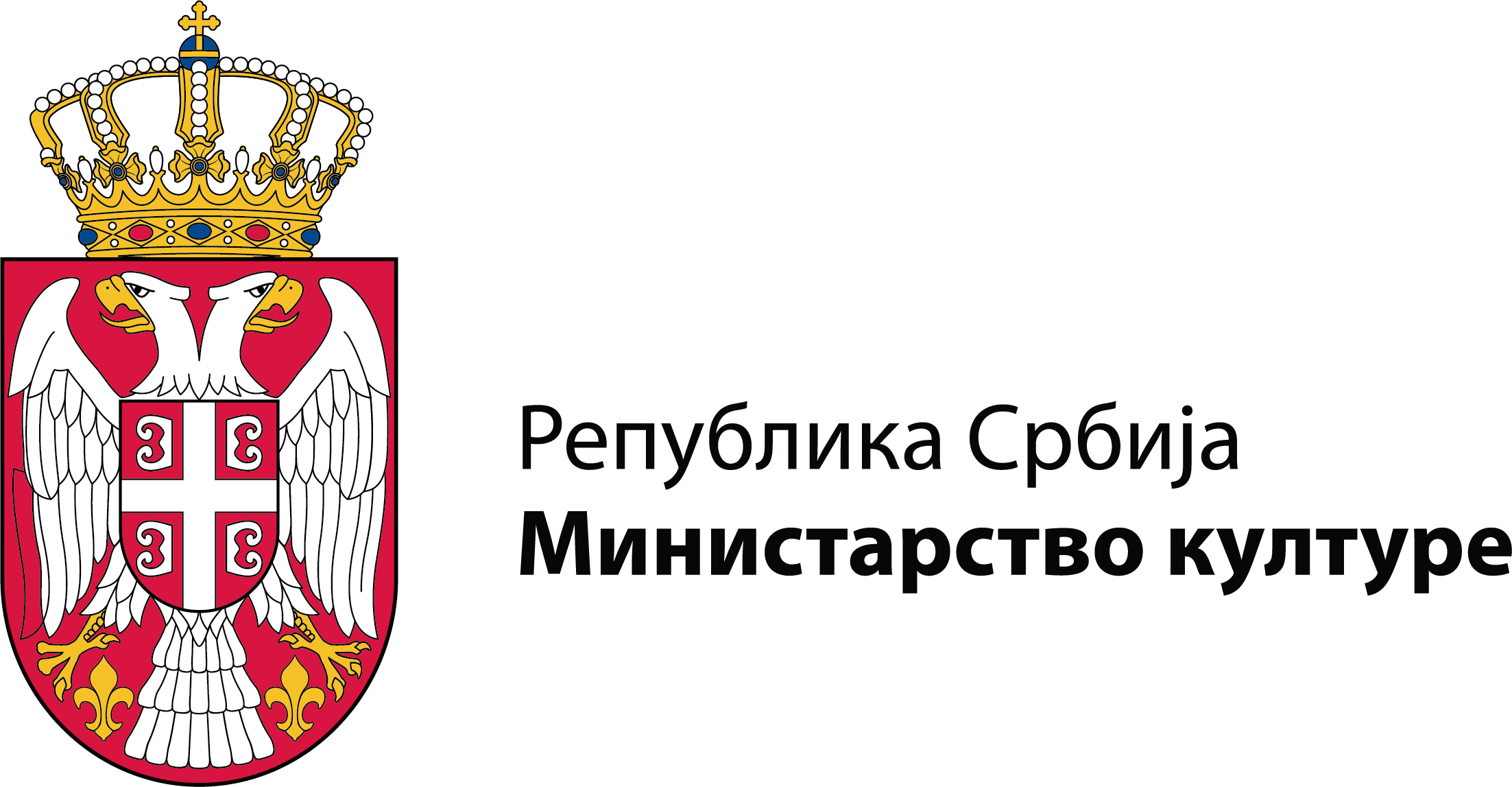Permanent Exhibition: Traditional Costumes and Jewelry of the Central Balkan Region (19th and Early 20th Century) opened on November 17, 1968, this permanent exhibition presents the core elements of Hristifor Crnilović’s ethnographic fieldwork, conducted between the two world wars in the regions of southern Serbia, Kosovo and Metohija, and Macedonia. His research was guided by the geographical, ethnic, and dialectal characteristics of the local population, which served as the foundation for organizing the exhibition into three cultural costume complexes: Šop, Morava, and Vardar.
The Šop complex encompasses southeastern Serbia, northeastern parts of Macedonia, and neighboring regions in Bulgaria. This area retained a significant amount of its ancestral population and preserved many archaic cultural traits. Key garments include the kaica (traditional cap), alenica (linen shirt), waistband, and sleeveless overdresses known as litak and manovil.
The Morava complex features traditional costumes from southern Pomoravlje and the Kosovo and Metohija region. The region’s geographic position and frequent population movements—due to historical events—have shaped its ethnic identity. Notable clothing items include the ručnik (head covering), and the vuta/vutara (skirt), constructed from two panels and open along its length.
The Vardar complex showcases a remarkable variety and richness in costume forms, decorative styles, and jewelry. Nearly every ethnic and regional unit within Macedonia had its own distinct costume. Despite this diversity, certain unifying features can be observed: the white color of both linen and wool garments, their specific cut, and decorative techniques using embroidered woolen motifs, tassels, metallic threads (srma), braids (gajtan), and sequins.
The aim of the exhibition is to display traditional costumes and jewelry from the Central Balkan region in the 19th and early 20th century, focusing on the most valuable section of Crnilović’s ethnographic collection—individual items and full ensembles from Serbia, Kosovo and Metohija, and Macedonia. Through the presentation of these characteristic garments and accessories, visitors are invited to explore Crnilović’s fundamental research approaches and methods used in selecting and collecting materials.

